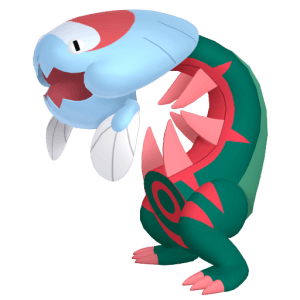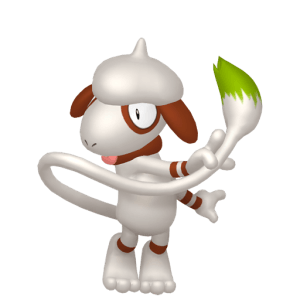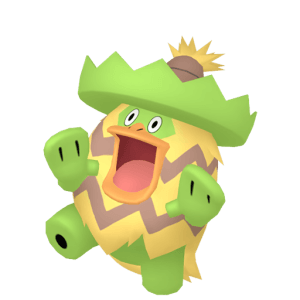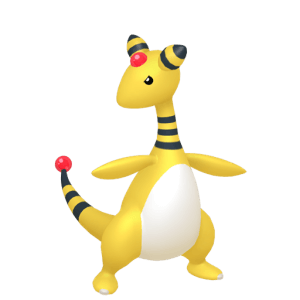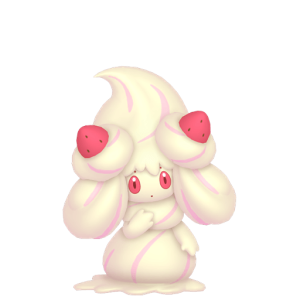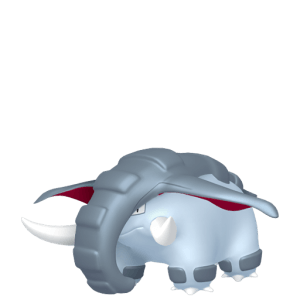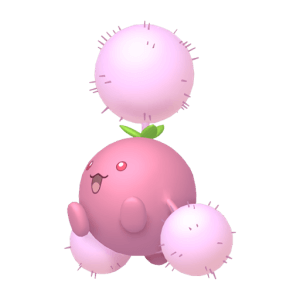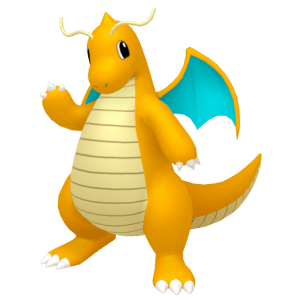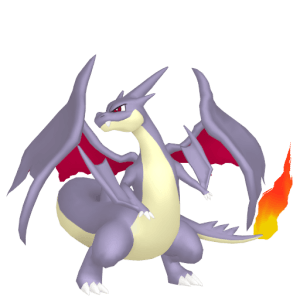When Pokémon Red & Blue Versions first hit store shelves in the late 1990s, it was a different world: the dot-com bubble had yet to burst as the allure of the information superhighway led to extreme growth in internet usage. Meanwhile games journalism was primarily limited to magazines such as Nintendo Power and Electronic Gaming Monthly, with only a smattering of professional online publications such as IGN.
All other discussion was left to forums. As such speculation over popular titles fueled gaming forums with the same energy as playground rumours: How do I unlock Luigi in Super Mario 64? Can I access Hidden Palace Zone in Sonic the Hedgehog 2? Is the Triforce really obtainable in Ocarina of Time? Wherever you looked, you could see rumors firmly held as true or decried as false. Some are ridiculous now on the face of it, but there was no established procedure, no distinction between rumor, theory and leak.
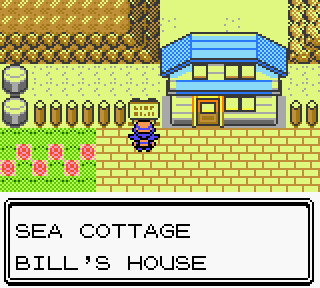
Pokémon was no exception to this. The series is associated with some of the most famous video game urban legends, which is especially impressive for an RPG released at the end of the Game Boy’s long lifespan. While Super Mario 64 and Ocarina of Time had the novelty of a fully 3D environment to support such rumours – in a world as big as Hyrule anything is possible – Pokémon’s urban legends were a by-product of the series’ status as a cultural phenomenon. Everyone was talking about it. But how much of it was true? That’s what this series, Unown Entities, is all about: to trace the development of these urban legends, examine their authenticity (if any) and what impact they may have had on the community and series as a whole.
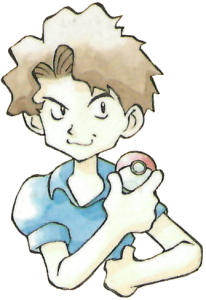
For our first entry we will take a look at a classic: Bill’s Secret Garden, also known as Bill’s Backyard. Canonically known as the Sea Cottage, it is located on Cerulean Cape on Kanto Route 25 and is home to Bill the Scientist (Bill being the inventor of the Pokémon Storage System). If the player pays close attention they can notice a break in the mountain bordering the Sea Cottage; it is said that this is where the Secret Garden lies. What lay in the Garden? There were multiple possibilities. Since the Johto Pokémon debuted in the anime before Pokémon Gold and Silver Versions released, it was said that one could catch Togepi, Pikablu (a nickname for the then-unidentified Marill) or even Mew and other hitherto-unmentioned legendary Pokémon; a variation on this rumour suggested that the Kanto starters could be caught there, since you can’t catch them at any other point in the game, and the breeding mechanic did not exist yet. This rumour was likely bolstered by the fact that, in-game, Bill is a fan of especially rare Pokémon.
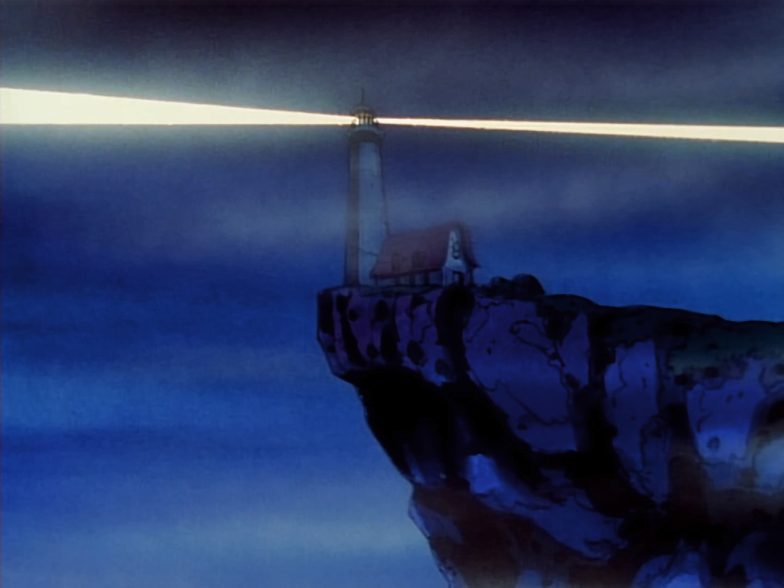
Accessing the Secret Garden itself was similarly cryptic. Suggestions to access it include bringing a specific Pokémon to the house or bringing a combination of Pokémon (like the Eevee-lutions), or accomplishing a difficult task (like completing the Pokédex). It is indeed possible to access the back of the Sea Cottage, either by means of a glitch or third-party device, but there is nothing of interest there, up to and including wild Pokémon encounters.
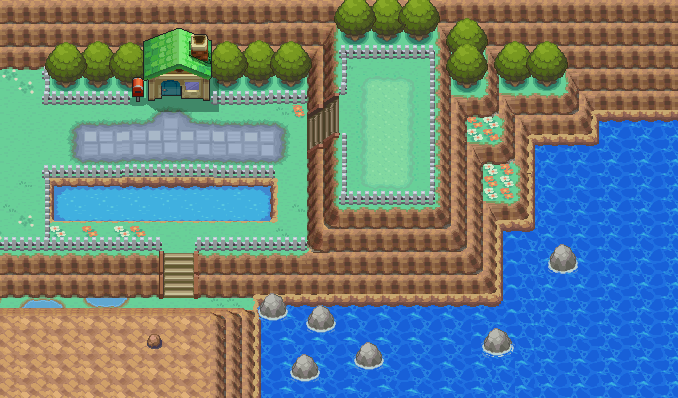
Later games and remakes would remove the gap behind the Sea Cottage, implying that its presence in the original games was a technical necessity; overlaying the house’s roof tiles on the mountain background was perhaps unfeasible, so the implied backyard was a quick fix. Yet the legend of the Secret Garden still resonates today; as recently as Pokémon Black 2 and White 2 the Nature Reserve area can be unlocked if the player completes the Pokédex, and are given the opportunity to catch a shiny Haxorus for their troubles. That’s the real secret garden of the series.
Even though the rumour of Bill’s Secret Garden has long since been proven false, it echoes throughout the rest of the series as a reward for the player’s dedication and curiosity.


